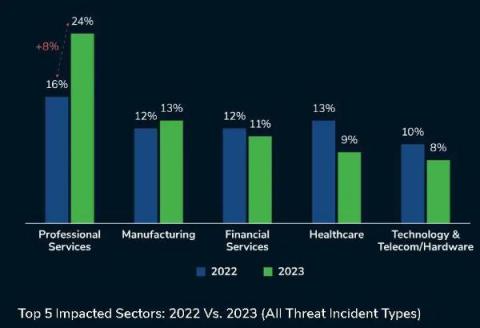New Kroll report reveals evolving use of insider threat and phishing techniques
In Q1 2024, Kroll observed SMS and voice-based tactics being used in phishing attacks, raising concern around the potential for deep fakes and AI technologies to further enhance the effectiveness of phishing attacks. Linked to this, one insider threat case investigated by Kroll in Q1 saw employee impersonation take place, another area in which AI-related technology could be especially impactful.



